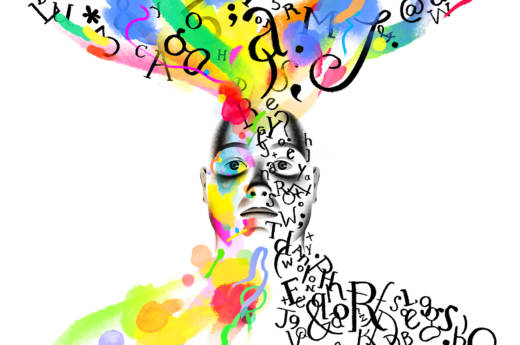What would happen if your brain was split in two? In this recent Invisibilia podcast and show, host Hanna Rosin meets a woman named Karen with "alien hand syndrome."
After surgery to treat her epilepsy severed the connection between the two halves of her brain, Karen's left hand took on a mind of its own, acting against her will to undress or even to slap her. Amazing, to be sure. But what may be even more amazing is that most people who have split-brain surgery don't notice anything different at all.
But there's more to the story than that. In the 1960s, a young neuroscientist named Michael Gazzaniga began a series of experiments with split-brain patients that would change our understanding of the human brain forever. Working in the lab of Roger Sperry, who later won a Nobel Prize for his work, Gazzaniga discovered that the two halves of the brain experience the world quite differently.
When Gazzaniga and his colleagues flashed a picture in front of a patient's right eye, the information was processed in the left side of the brain and the split-brain patient could easily describe the scene verbally. But when a picture was flashed in front of the left eye, which connects to the right side of the brain, the patient would report seeing nothing. If allowed to respond non-verbally, however, the right brain could adeptly point at or draw what was seen by the left eye. So the right brain knew what it was seeing; it just couldn't talk about it. These experiments showed for the first time that each brain hemisphere has specialized tasks.
I spoke with Gazzaniga about his seminal research and what it can tell us about the nature of the human brain and even human consciousness. He's the director of the SAGE Center for the Study of Mind at the University of California, Santa Barbara, and author of the upcoming book, The Consciousness Instinct. The interview has been edited for length and clarity.

9(MDAxOTAwOTE4MDEyMTkxMDAzNjczZDljZA004))